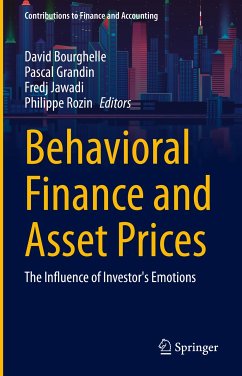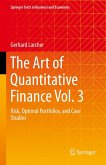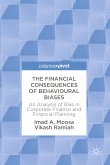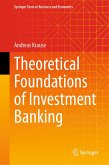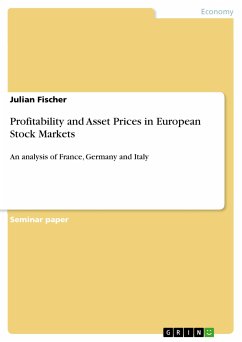In recent decades, the financial markets have experienced various crises, shocks and disruptive events, driving high levels of volatility. This volatility is too strong to be fully justified simply by changes in fundamentals. This volume discusses these highly relevant issues with special focus on asset pricing and behavioral finance. Financial price assets of the 2020s appear to be driven by various attractors in addition to fundamentals, and there is no doubt that investor emotions, market sentiment, the news, and external factors such as uncertainty all play a key role. This has been clearly observed in recent years, especially during the ongoing coronavirus pandemic that has changed the common perception of the way financial markets work.
Dieser Download kann aus rechtlichen Gründen nur mit Rechnungsadresse in A, B, BG, CY, CZ, D, DK, EW, E, FIN, F, GR, HR, H, IRL, I, LT, L, LR, M, NL, PL, P, R, S, SLO, SK ausgeliefert werden.

